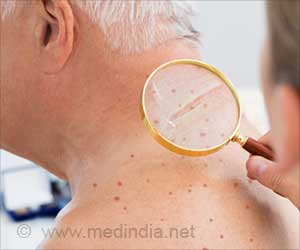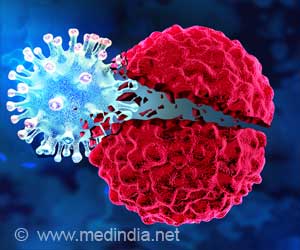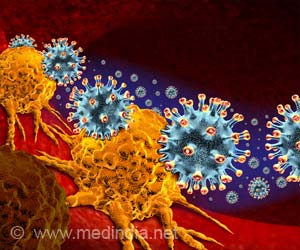This bit of information may be a life saver for today’s urban woman, who thinks it cool, hip and what other cliché there is, to swig drinks at social gatherings or home, alone.
This bit of information may be a life saver for today’s urban woman, who thinks it cool, hip and what other cliché there is, to swig drinks at social gatherings or home, alone, like she was to the wine glass or beer mug, born.
That breast cancer is linked to alcohol consumption is a well-established fact. Recent studies have shown that 60 percent of breast cancer cases can be traced to alcohol consumption. Yet, the how part, has always proved elusive for scientists. Not anymore, according to researchers of the University of Mississippi.A study led by Dr. Jian-Wei Gu of the University of Mississippi Medical Center, which was presented at the American Physiological Society’s annual meeting shows exactly how alcohol consumption can lay the foundation for a woman to develop breast cancer.
The researchers fed normal 6-week old female mice with regular drinking water or water containing 1 percent alcohol, which is equivalent to about 2 to 4 drinks in humans (normal consumption rates for most people), for 4 weeks. In week 2, the animals were inoculated with mouse breast cancer cells, next to their mammary glands.
"We found after about 4 weeks that breast tumor size (averaging 1.5 g) almost doubled in mice that drank alcohol compared to control mice given plain water," Gu noted.
Along with this was a noteworthy increase in tumor blood vessels in mice that consumed alcohol, compared with those of no alcohol intake. The development of new blood vessels, called angiogenesis, is crucial to the development of tumor cells. These tumor cells require a profuse rush of oxygen and nutrients, which can be supplied to them only by new blood vessels, needed to sustain their rapid growth and proliferation. And this is the starting point of cancer development, say scientists.
As expected, there was also the significant increase of the key growth factor known as vascular endothelial growth factor or VEGF, in the tumors of the mice that consumed alcohol. VEGF incidentally, is needed for the formation of new blood vessels.
Advertisement
In other words, the scientists suggest the difference in tumor weight is a result of jacked-up growth in blood vessels due to alcohol consumption. That’s because when a rodent, or a human, gulps down a drink, the cells in their bodies go into overdrive to get rid of the “toxins.” The stressed-out cells then send out the hormone VEGF that stimulates the growth of blood vessels.
Advertisement
“In regular mice, if you implant a human tumor, it won’t grow because it’s foreign [so the immune system would stage an attack],” says study team member Emily Young. That also meant any results would apply only to an organism lacking an immune system.
Instead, “we used regular mice and we implanted the mouse breast-cancer form into it,” Young added.
There have also been many studies, which used toxic levels of alcohol, leading to results that were less applicable to humans who typically don’t consume that much booze. The researchers say their results, unlike the others, can be squarely translated to humans and have implications to both prevent and help treat breast cancer.
“Normal people produce cancer cells every day,” Gu says, “but at the beginning the cancer doesn’t have blood vessels.” This makes it easier for the body’s immune system to fend them off. Yet, once the cancerous cells acquire a blood-vessel lifeline, which this study suggests is set off by alcohol, the tumor growth succeeds.
Source-Medindia
ANN/V











